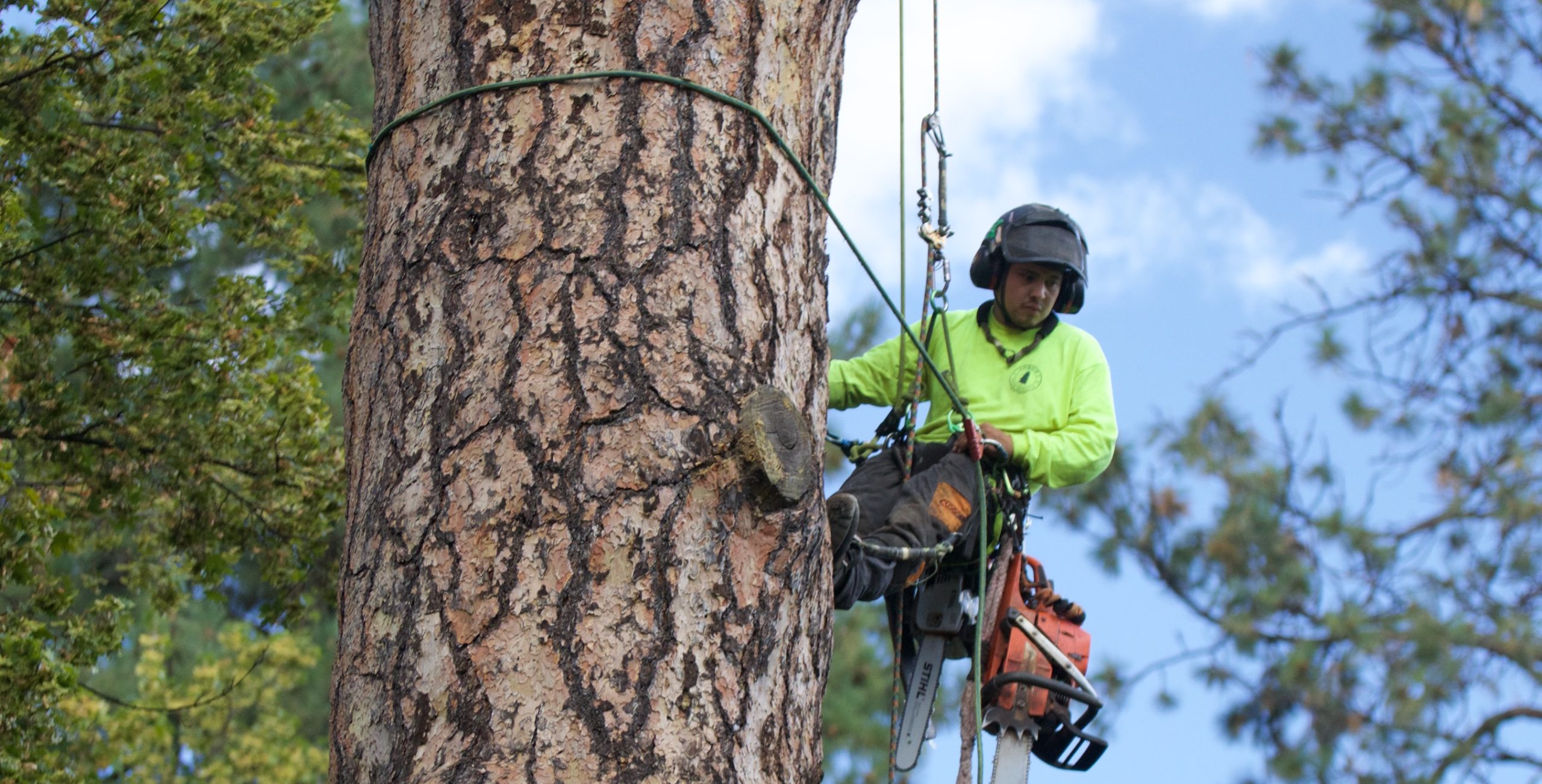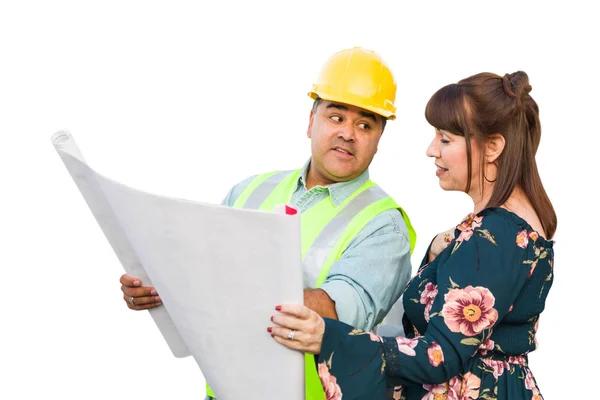Not all trees — or yards — are created equal. Whether you live on a sprawling estate or a cozy suburban lot, your trees need the right care to stay healthy, safe, and beautiful. But here’s the thing: what works for a small yard might not even come close to cutting it for a large property with dozens of mature trees. If you’re looking for expert tree service Washington NJ property owners trust, understanding these differences is key to making the right choice for your landscape.
Let’s explore how tree service needs differ depending on the size of your property and why it matters when choosing the right care.
Understanding the Differences in Tree Service Needs
Scope of Work: One Tree vs. A Whole Forest
On a small property, tree service might be as simple as trimming a single ornamental tree or grinding down an old stump. It’s focused, straightforward, and often quick to complete.
But on large estates? We’re talking about managing entire groves. That can include canopy thinning, removing hazardous trees, mapping out tree health, and even long-term land management. It’s not just about one tree — it’s about the ecosystem of your entire landscape.
Access and Equipment Requirements
Smaller yards usually mean tighter spaces. Tree crews use lightweight, compact tools and ladders to get the job done without damaging fences, flower beds, or patios.
On big properties, especially those with sloped terrain or densely wooded areas, heavy-duty equipment comes into play — bucket trucks, cranes, wood chippers, and even skid steers. If there’s a need to access hard-to-reach trees, larger estates require more strategic planning and sometimes even permits.
Safety Considerations
Safety always comes first, no matter the job size. But risk factors grow on larger properties — literally. Tall, decaying trees or dead branches hanging over power lines aren’t just a nuisance. They’re serious hazards.
On large estates, storm-damaged trees, root decay, and overgrowth can become safety threats over time. A certified arborist will evaluate structural integrity, soil conditions, and proximity to buildings to protect both your property and your family.
Tailored Tree Services for Small Yards
Common Services for Compact Spaces
For smaller residential lots, common tree care includes:
- Tree trimming and crown thinning to improve shape and allow more sunlight into the yard
- Deadwood removal to keep trees healthy and reduce falling branches
- Stump grinding to make space for landscaping or prevent pest infestations
The goal is to maintain tree health without overwhelming the yard. It’s about balance and precision.
Big Impact on Small Spaces
Well-maintained trees boost curb appeal and can even raise property value. More importantly, they reduce the risk of limbs falling on houses or fences in storms. Plus, trimming back overgrown branches opens up your yard, letting in more natural light and improving airflow for your lawn and garden.
Specialized Tree Services for Large Estates
Full-Scope Services for Large Properties
Larger properties call for comprehensive, strategic care. Here’s what tree services may include on estates:
- Land clearing for development or landscaping
- Structural pruning on tall or mature trees
- Cabling and bracing for support in weakened limbs
- Crane-assisted removals for oversized or dangerous trees
- Storm cleanup after severe weather
- Tree health diagnostics using soil sampling, pest analysis, and nutrient treatment
Some properties also benefit from tree mapping, where every tree is tagged and monitored over time — a smart choice for estates with historic or valuable tree collections.
Managing Long-Term Tree Health
Big landscapes need a plan. Tree care on large estates often involves annual inspections, disease monitoring, and custom fertilization programs. Services may also include eco-friendly pest management or proactive pruning before storms.
If you’re managing a property with a long driveway lined with trees or a private wooded area, keeping those trees healthy protects not only your land but your investment.
Cost Considerations: Large vs. Small Property Care
Let’s be real — the cost of tree service depends on a lot more than just the size of the tree.
Factors like:
- Accessibility
- Type of equipment needed
- Number of trees
- Tree height and diameter
- Emergency timing or storm damage
- And whether specialized skills (like crane operation or disease treatment) are required
That said, some companies (like Midstate Tree) offer Best Price Guarantees, meaning they’ll beat any licensed competitor’s estimate. Whether you’re trimming a dogwood in your front yard or clearing five acres of overgrowth, you still want value, safety, and professionalism.
Choosing the Right Tree Service Company
When it comes to choosing a tree service, look for:
- Certified arborists with ISA or state credentials
- Insurance coverage to protect your property
- Equipment suited for your job size
- Real testimonials and referrals
- Emergency services in case of storms
Local knowledge matters too. Companies who understand the specific trees in your area — like oak, maple, ash, or ornamental species — bring more accurate diagnoses and better long-term care.
FAQs: What Property Owners Need to Know
Can small yards benefit from professional tree service?
Absolutely. Even one neglected tree can cause damage, become diseased, or block sunlight from your garden. Professionals keep your trees safe, healthy, and beautiful.
How do I know if my tree needs to be removed?
Signs include dead branches, leaning trunks, hollow sounds when tapped, or fungus at the base. A certified arborist can give you a full risk assessment.
Are tree services covered by homeowners insurance?
Sometimes — especially if a tree falls due to a storm and damages your home. Preventative maintenance, though, is usually out-of-pocket but can prevent costly repairs later.
Conclusion: Right Care for the Right Property
Every yard tells a different story. A small backyard might need careful pruning to let in sunlight and avoid damage. A large estate might require full-scale land management, storm response, and long-term care plans. Either way, your trees deserve expert attention.




